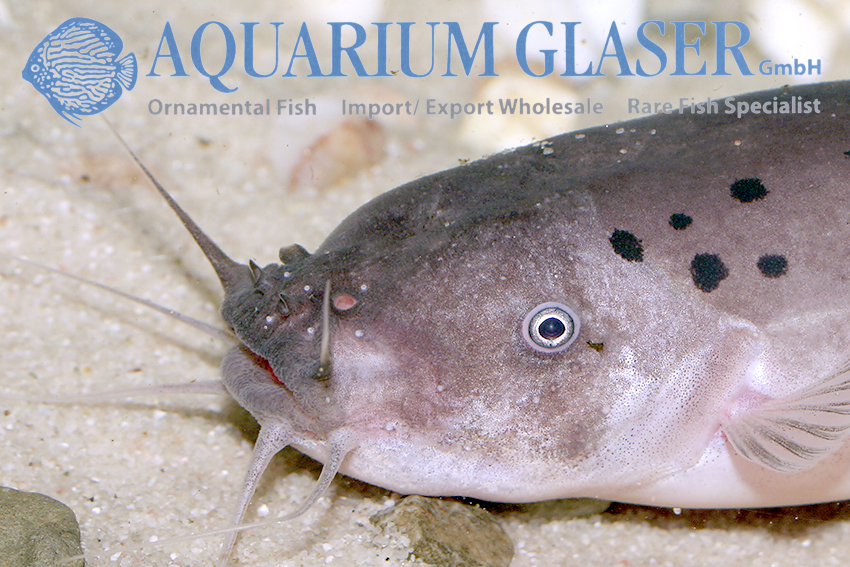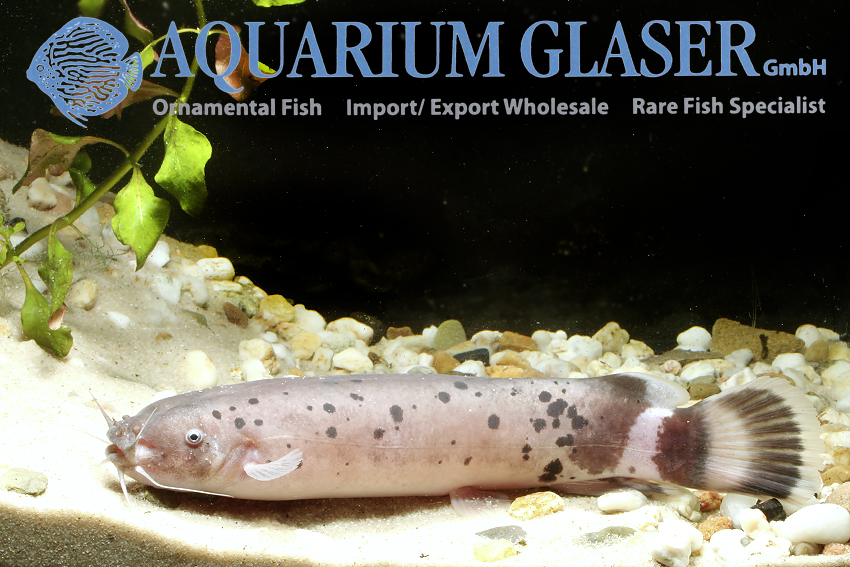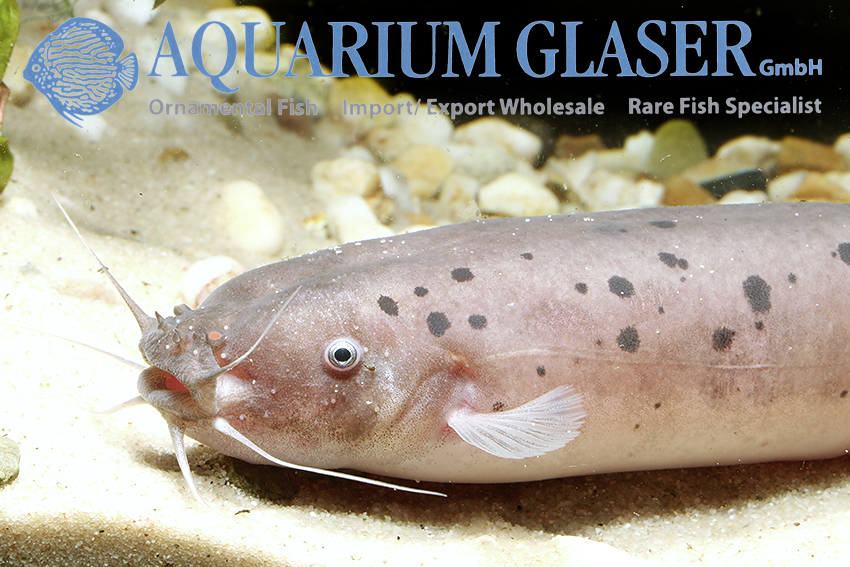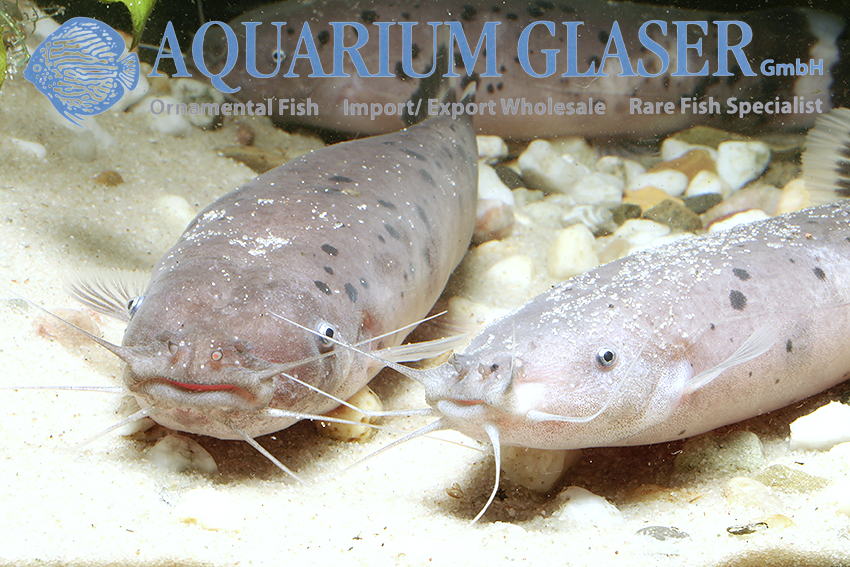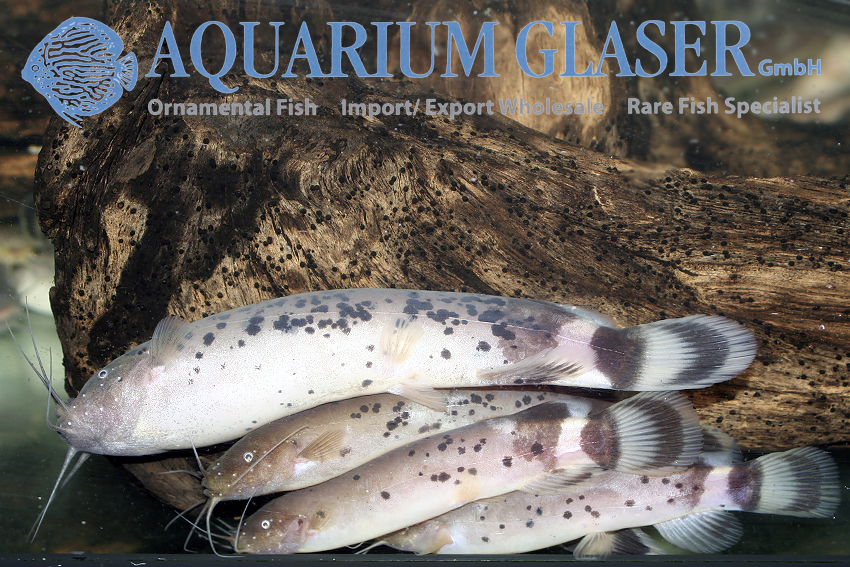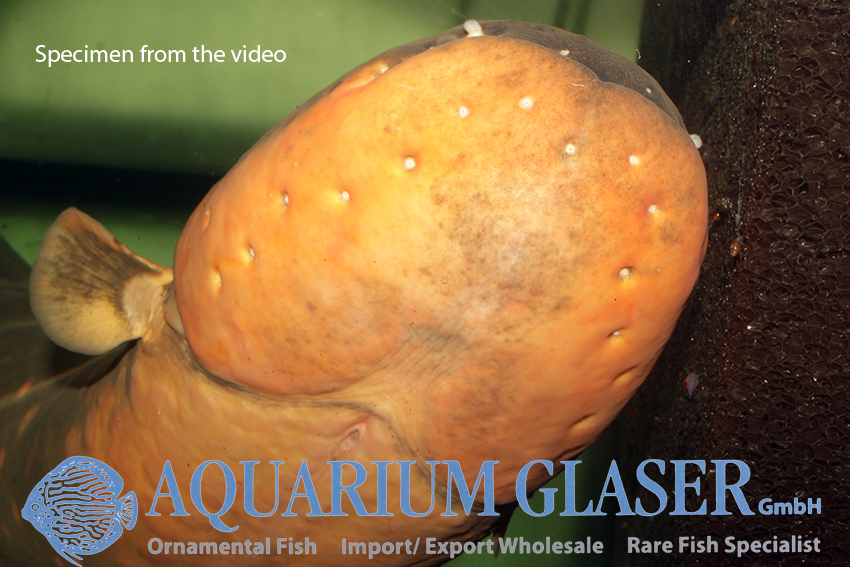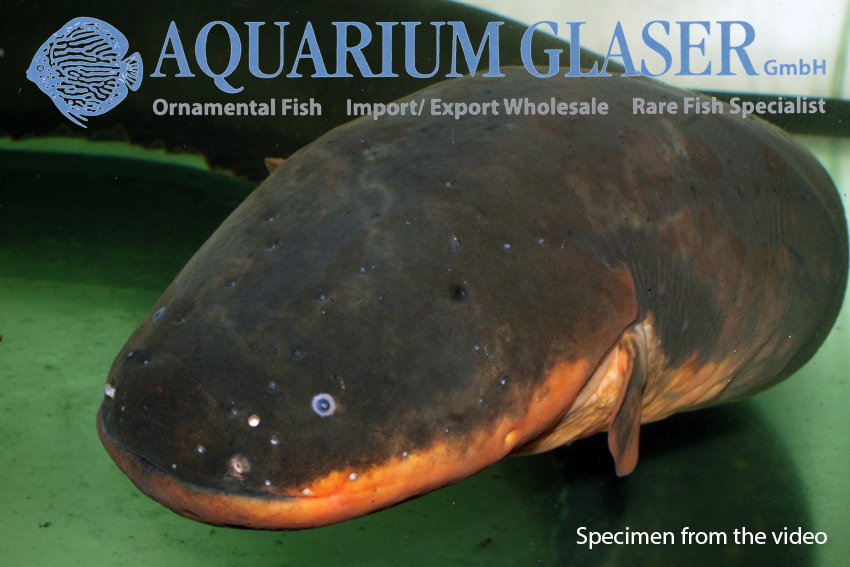For a long time it was believed that there were only two species of electric catfish, namely the widespread Malapterurus electricus and the Congolese M. microstoma. Then two independent revisions of the genus appeared practically at the same time, one by Roberts (2000) and one by Norris (2002), which drastically increased the number of species, but for a long time it was tricky to clarify which of the doubly described species were exactly meant.
The most frequently imported species of electric catfish from Nigeria is still mostly called M. electricus in the trade, even here in Germany. In reality, however, it is M. beninensis, a species described by Murray from the Old Calabar River in Nigeria as early as 1855. For electric catfish conditions the species remains relatively small with about 25 cm final size and has the advantage of being not quite as incompatible as other electric catfish. In the literature therefore the individual keeping of electric catfish is recommended in principle. Sufficient space, good feeding and plenty of hiding places do not make this necessary for M. beninensis. And so M. beninensis could be a suitable candidate to study the still completely unknown reproductive behaviour of electric catfish. Shortly before his death, the excellent aquarist and eminent ichthyologist Joachim Knaack was apparently close to succeeding, in any case, in a telephone call he promised a breeding report in the near future. Things turned out differently, but this should serve as an incentive for others to try.
The care of M. beninensis is easy, any frozen and live food of suitable size is willingly accepted, most specimens will eat granules sooner or later. The catfish do not make any special demands on the water composition. M. beninensis is generally indifferent to other fish that are not suitable as food.
Beware of touching these fish. Even the electric shocks given from specimens that are only 4-5 cm long are very painful, although not dangerous for healthy people. It is said that the electric shocks of electric catfish can reach 350-450 volts.
For our customers: Due to the lack of imports because of the worldwide corona crisis, electric catfish are unfortunately not available at the moment.
Text & photos: Frank Schäfer





